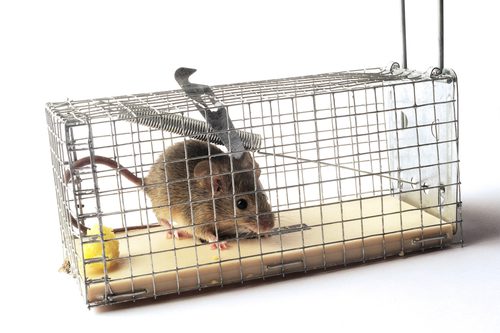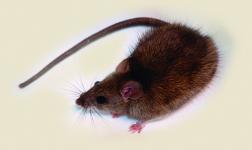Residential And Commercial Rodent Removal
Occasionally your home or business might be over run by some hostie guests. If you’ve got Rats or Mice, call ACME Termite and Pest Control for a free evaluation of the situation. Our trained professionals will come to your home or place of business and come up with a plan to not only remove the offenders, but will also make sure your structure is fortified making sure your unwanted guests can’t get back in.
Roof rats consume and destroy stored animal and human food, attack fruit crops, and take up residence in attics, soffits, hollow walls, and out-buildings. When they invade buildings they chew through wires (potentially starting fires), gnaw through plastic and lead water pipes, make holes in walls, and cause other structural damage.
The secretive, nocturnal nature of rats means that they often go unnoticed in a neighborhood until dooryard citrus and other fruit starts to ripen. They then make their presence known with a vengeance. In citrus, papaya, cantaloupe, and watermelon the characteristic damage is a circular hole about the size of a quarter or half dollar and the whole fruit hollowed out (Figure 1).




As we progress through the citrus season (from September through March), the roof rats that may have been living quietly around your house or grove make themselves known. Hollowed-out fruit is the most common evidence of roof rats.
In apples, peaches, tomatoes, carambolas, bananas, pineapples, and mangos, large sections of fruit are eaten away. They remove whole fruits from blueberries, figs, grapes, strawberries, lichees, Surinam cherry, loquat, and dates, so the damage is less noticeable or birds are blamed for the missing fruit. In Florida, roof rats—along with our native cotton rat—destroy or damage a great deal of sugar cane every year.
Description
Adult roof rats are 12–14 inches long (30–36cm) and weigh 5–10oz. (150–250g). The tail of a roof rat is longer than the head and body length: hairless, scaly, and black color. The body is sleek and graceful with prominent ears and eyes (Figure 2). There are three color phases seen in Florida: black back with a slate gray belly, gray back with lighter gray belly, and brownish gray above with a white or cream colored belly.
In addition to the damage done to fruit, other evidence includes black banana-shaped droppings about 1/4-1/2 inch long (about 1 cm) and dark smears or rub marks seen along the rat’s travel routes.
Range and Habitat
The roof rat occurs along the southern Atlantic and Gulf coastal States from Virginia to Texas and throughout Florida. They also occur along the Pacific coast of California, Washington State, and Oregon.
Roof rats are arboreal (tree-living) by nature. They are similar to squirrels in their ability to move through trees and along vines and wires. They often use utility lines and tree branches to reach food and water and to enter buildings. They prefer nesting above the ground in attics, soffits, piles of debris, hollow trees, skirts of old fronds on palm trees, and in Quaker parrot nests, but will nest in burrows in canal banks and under sidewalks or stacks of materials stored on the ground.
Food
Roof rats are omnivores (plant- and animal-eating) but are very fond of fruit. They feed on most cultivated fruits and eat many native fruits and nuts. They also feed on livestock feed, pet food, bird seed in feeders, and garbage. They contaminate and damage much more than they actually eat. They will chew through lead and plastic pipes to reach water. They will travel 150yds. (135m.) from their den to reach food or water.
Reproduction
Roof rats reach sexual maturity at 3 to 4 months of age. In Florida, they breed year-round, with peak breeding activity in spring and fall. The litter of 5 to 8 pups are born after a gestation period of 21 to 23 days. A female roof rat can have 4 or 5 litters per year.
Control
Control of roof rats is not an easy task. If you suspect you have an infestation or a problem please call us to put a plan together to rid the rodents from your premise.